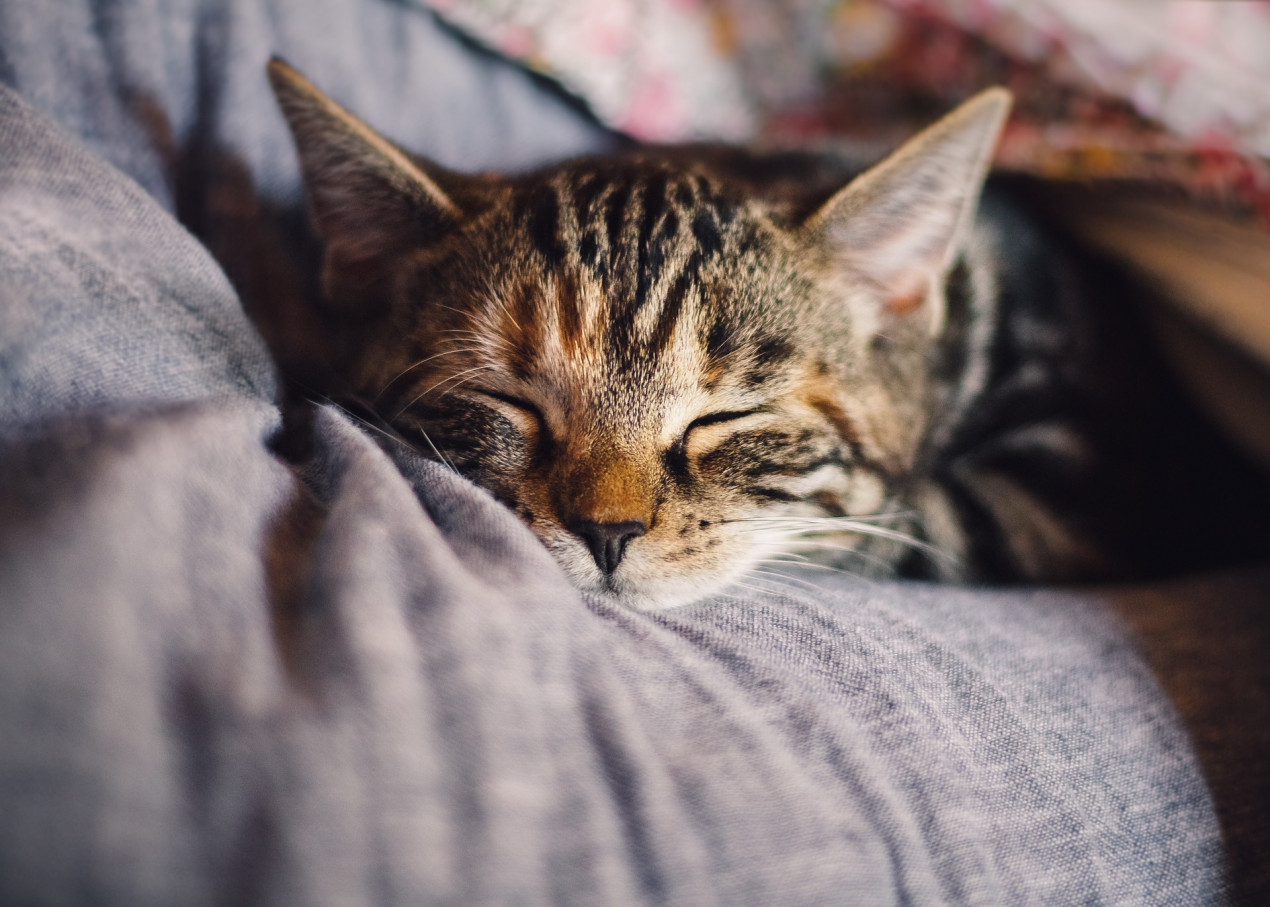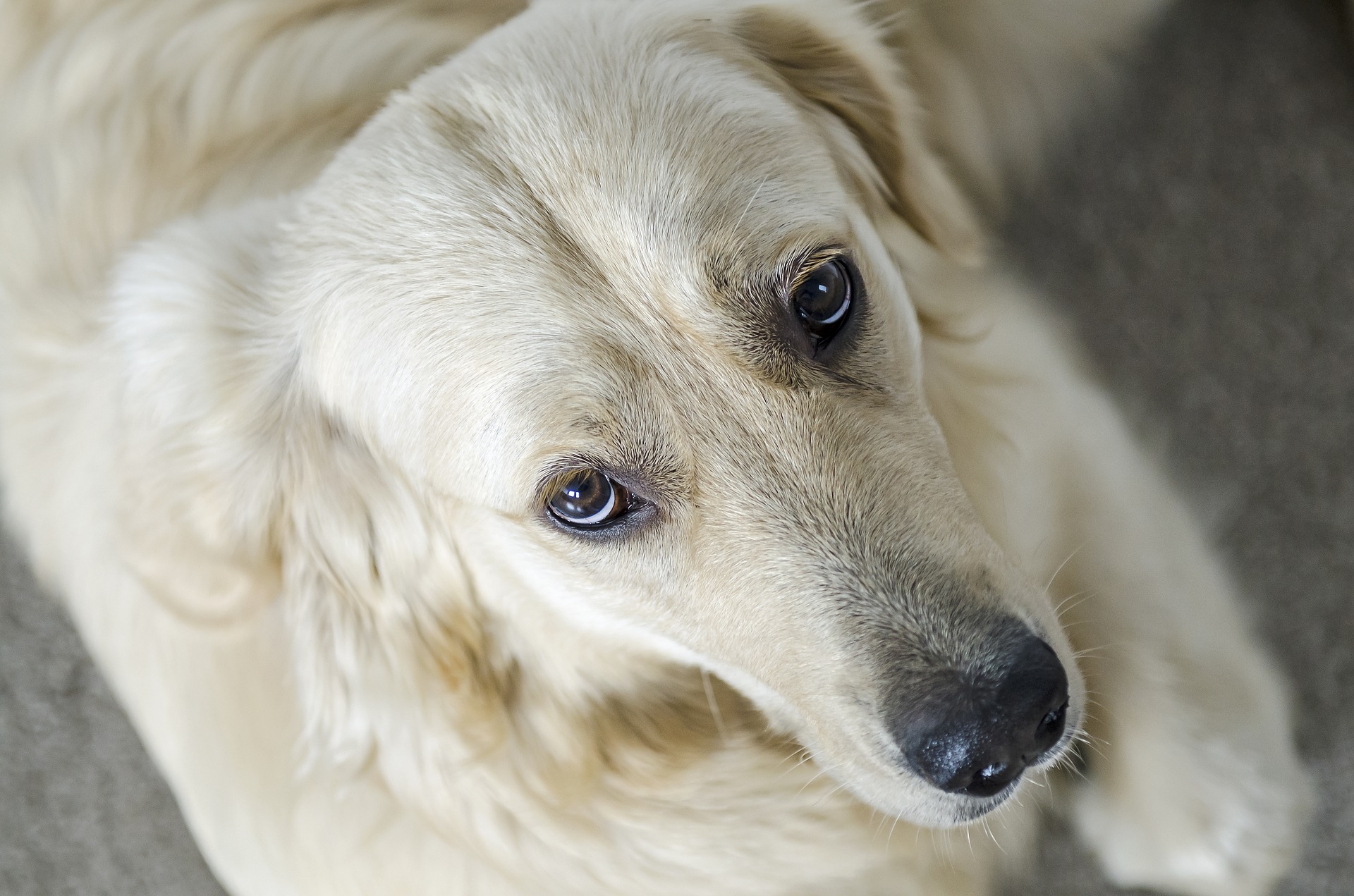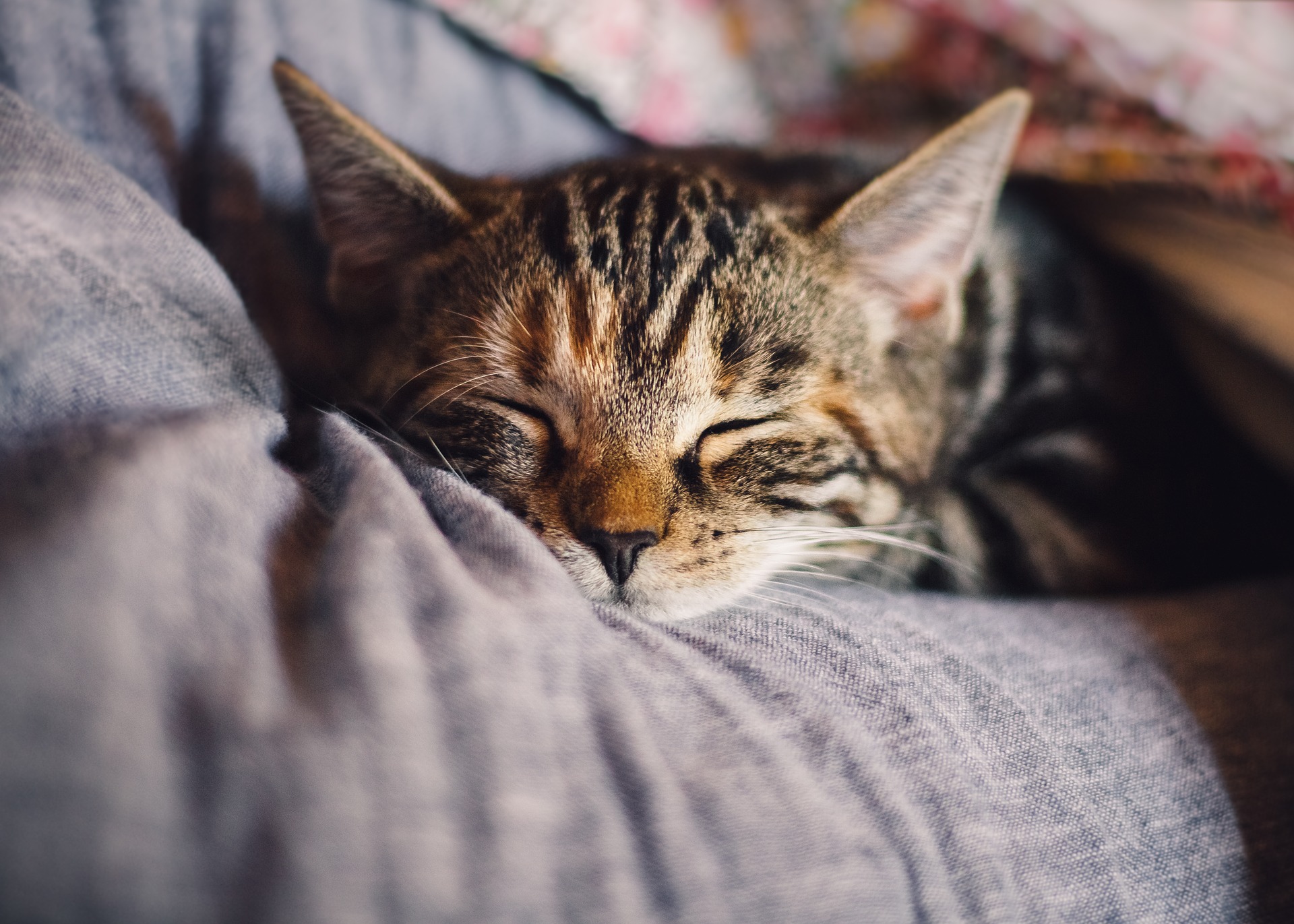
It can be stressful if your pet has had to undergo emergency care, especially for organs as delicate as the eyes and the ears. As always, you should follow the instructions given to you at discharge by the emergency vet who cared for your pet. But below are some general guidelines for aftercare.
If you have questions about the treatment your pet needs following their visit or are concerned about how your pet is recovering, you can contact your daytime vet or our partner PawSquad, telemedicine service.

Create a calming environment
If your pet has been through a painful experience, they may not feel themselves for a few days.
If you can make sure they have a calm, quiet environment in which to recover, it will help them feel better soon.
Eye care treatments and medication
Unsurprisingly, pets don’t necessarily love getting eyedrops.
If your vet has advised eyedrops and you do need to administer them to your pet following your vet visit, try the following tips:
- Wash and dry your hands before doing anything with their eyes.
- Make sure your pet’s eyes are clean and, with the eyelids closed, gently wipe off any discharge as needed with moistened cotton wool or tissue.
- Depending on your pet’s size, you may want an assistant to hold them or wrap them in a blanket so only their head is exposed.
- Approach your pet’s eyes from behind to reduce their stress levels at seeing the eyedropper.
- Try not to actually touch your pet’s eye with the dropper to avoid contamination.

Ear care treatments and medication
You may not be used to giving your pet ear drops. But if it is something your vet has prescribed, the following advice should help:
- As with eye drops, an assistant to hold your pet may be helpful if possible
- Approach your pet from behind, rather than face on.
- Tilt your pet’s head towards you on the side of their head that you are medicating
- Pull your pet’s outer ear back to give yourself access to the ear canal
- When you have managed to get the drops inside, massage the outside of your pet’s ears below the opening, where the ear canal lies under the skin, to help the drops distribute
Monitoring your pet
In the days after their procedure, keep a particularly close eye on your pet. You should visually inspect their eye or ear at least a couple of times a day to make sure it is healing well and there are no complications.
In general, signs of infection are redness, swelling, discharge and an unpleasant odour. If your pet is lethargic, seems uncomfortable or distressed, or is not eating or drinking normally, this can also indicate that they may need further veterinary attention.
If you have any concerns, contact your local vet, or if out of hours, contact Vets Now or speak to a vet online at PawSquad.

